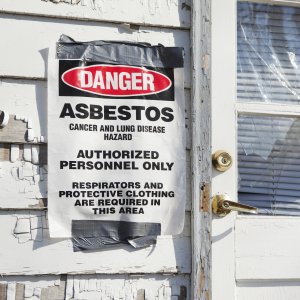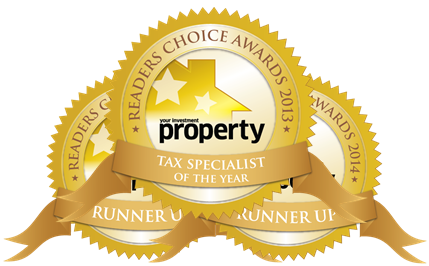 Can you continue to claim deductions for your property even while it is not generating income? If the property can no longer be rented out, or your tenants need to vacate for a period due to asbestos contamination this could be the situation you are faced with.
Can you continue to claim deductions for your property even while it is not generating income? If the property can no longer be rented out, or your tenants need to vacate for a period due to asbestos contamination this could be the situation you are faced with.Australia was one of the highest users of asbestos, per capita, in the world up until the mid-1980s. As a general rule, if your investment property was built before the mid-1980s, it is highly likely that it would have some asbestos containing materials. According to the Asbestos Safety and Eradication Agency, asbestos containing materials were used in many areas of the home “including (but not limited to):
- roof sheeting and capping
- guttering
- gables, eaves/soffitswater pipes and flues
- wall sheeting (flat or a weatherboard style
- vinyl sheet flooring
- carpet and tile underlays
- zelemite backing boards to the switchboards
- flexible building boards
- imitation brick cladding
- fencing
- carports and sheds
- waterproof membrane
- telecommunications pits
- some window putty
- expansion joints
- packing under beams
- concrete formwork”
As the owner of a residential or commercial investment property affected by asbestos, certain tax deductions may be available to you. Please note that if you sell the property, you should seek further advice regarding the tax implications relevant to your specific circumstances.
If the property can be let out after the removal of the asbestos, under Taxation Ruling TR 2004/4 interest on loans for your investment property can be deductible for the whole income year, including the period where you were unable to let out the property. You may also continue to claim other expenses such as council and water rates as well as land tax.
There are other expenses which may also be deductible while no rental income is collected. Repairs and maintenance costs incurred, for example, ensuring living areas are sealed from contaminated areas may also be deductible depending on the nature or extent of the situation. You may also be able to claim depreciation for written-off and replacements assets, such as carpets or even capital works for replacement fences and similar.
In addition to these general expenses, which may still be deductible, there could be other expenses incurred during the remediation process which are not covered by these. Costs to remove asbestos from a rental property can be classified as an environmental protection activity under Section 40-755 ITAA 1997 which provides a deduction for expenditure you incur for the “sole or dominant purpose of carrying on environmental protection activities”. Asbestos removal at your investment property would be covered by subparagraph 40-755(2)(a)(ii) of the ITAA 1997 which lists one of the activities as “preventing pollution of or from a site of your earning activity”.
As always, you should keep all records for works carried out while removing asbestos from your investment property. Keeping detailed records will allow your tax agent to accurately prepare your tax return and ensure that you are able to claim all your entitlements. Letting your tax agent know of any asbestos remediation works carried out at your rental property will help them claim all appropriate deductions in your tax return.
..................................................................................................................

David Shaw is the CEO of WSC Group: Certified Practising Accountants and Business Advisors, and
was voted Property Tax Specialist of the Year in the Your Investment Property 2013 Readers Choice Awards (as well as runner up in 2012, 2014 & 2015).
*The advice published on social media mediums by WSC Group is of a general nature and does not constitute specific financial advice. For a detailed financial strategy you should consult with a qualified financial advisor before making any investment decision.
Disclaimer: while due care is taken, the viewpoints expressed by contributors/sponsors do not necessarily reflect the opinions of Your Investment Property.
